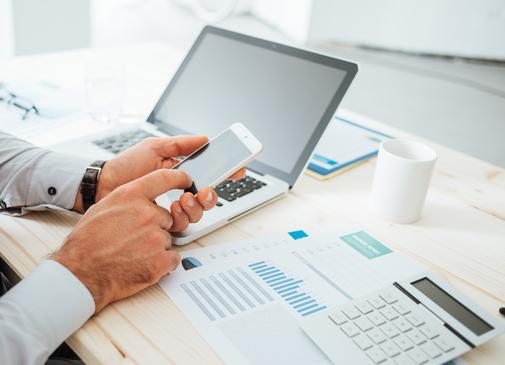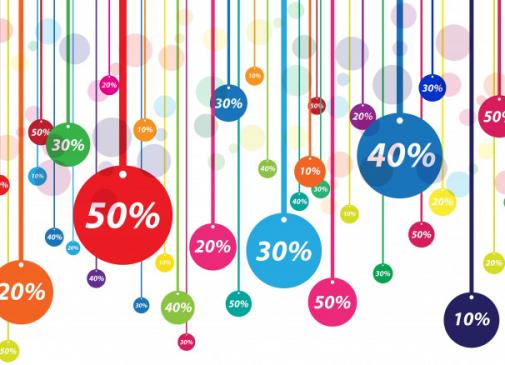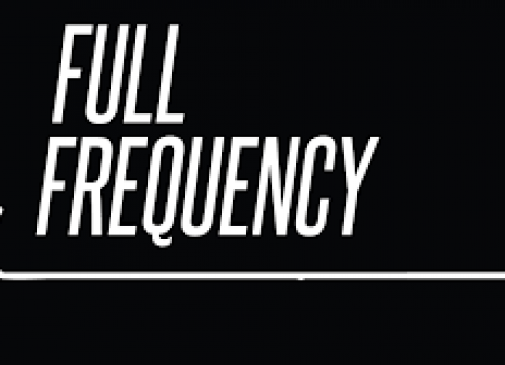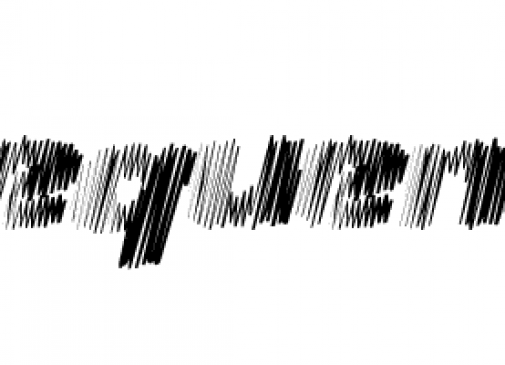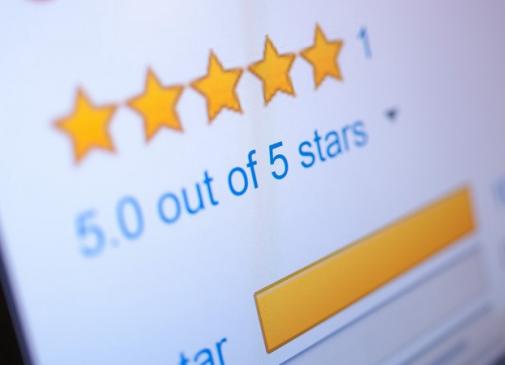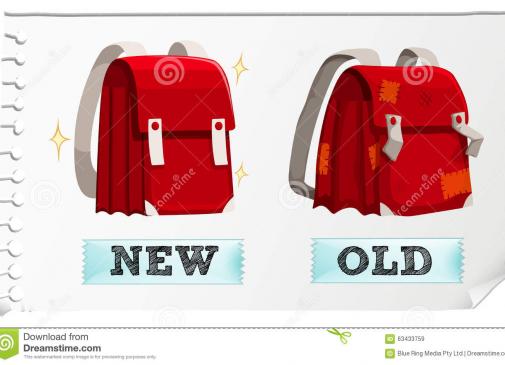Having already been used on loose produce, GS1 DataBar becomes an open, global standard in 2014. A more flexible and expansive symbol than the traditional UPC bar code, GS1 DataBar will be also used for perishable food such variable-measure meat, seafood and deli products. From now on manufacturers are free to choose which of the available GS1 Barcodes they wish to use on their Point-of-Sale products. Plus, they waste less food.
Having already been used on loose produce, GS1 DataBar becomes an open, global standard in 2014. A more flexible and expansive symbol than the traditional UPC bar code, GS1 DataBar will be also used for perishable food such variable-measure meat, seafood and deli products. From now on manufacturers are free to choose which of the available GS1 Barcodes they wish to use on their Point-of-Sale products. Plus, they waste less food.
GS1 has come up with different versions of the DataBar as alternative options to the UPC. The “stacked omnidirectional” version of the DataBar, which contains the 14-digit global trade-item number (GTIN) that identifies the supplier and product, is sufficiently small to be implemented on loose produce. The DataBar on loose produce offers retailers better front-end accuracy and shrink control, among other perks. The 2014 so-called "sunrise date" also applies to the “expanded stacked” DataBar, which contains up to 74 alphanumeric characters and is being applied to perishables items that have variable weights and sell-by dates among other attributes, as well as to coupons. According to SN’s 2013 Technology Survey, more than three-quarters (76.7 percent) of respondents, including 86.7 percent of operators with 50 or more stores, have already adjusted their POS systems to be able to scan and process the GS1 DataBar bar code on coupons. Fewer retailers are able to scan and process the DataBar on loose produce and variable weight items. Fortunately, majority of scanners that have been available since around 2000 are compatible with GS1 DataBar.
LESS WASTE, MORE REVENUE
According to the UN's Food and Agriculture Office By 2050, the world's population is predicted to grow to nine billion people, an increase which will require boosting global food production by 70 percent. Meanwhile, 1.3 billion tons of food is wasted each year while almost 900 million people around the world go hungry each day. In the U.S. alone, 40 percent of the food produced each year goes to waste. That equals $165 billion worth of uneaten and wasted food. GS1 Databar is designed to help in grocery waste reduction. Massive amounts of fresh food waste are unacceptable if we think about households hit by crisis, environmental issues and retailers. Among other factors, is it the excess inventory of perishable food items close to their expiration that causes waste. About 1.3 billion tonnes of the food worldwide is wasted every year, with more than 40 percent of food losses occurring at the retail and consumer levels. This is where the new GS1 DataBar industry standard comes in. It enables an automatic offering of promotion of fresh food close to their expiration. Furthermore, it encourages efficient consumer shopping behavior that maximizes retailer revenue, effectively reducing the global carbon footprint.
BE SMART WITH PERISHABLES
There are already GS1 DataBar-based applications available to retailers who want to cut fresh food waste in their stores. For instance, the “End Grocery Waste” application automatically and dynamically offers discounted price and other purchasing incentives for perishables approaching their expiration dates. By utilizing the new Cycled Discount Labeling technique, along with the GS1 DataBar standard and new Information Technology (IT) elements, the app eliminates labor-intensive manual promotional labeling of products from specific lots. A static Cycled Discount Label on the product is automatically and dynamically associated with the promotion level of a specific lot as displayed on a consumer’s personal smartphone or on other kind of display devices such as an Electronic Shelf Label (ESL). The dynamic lot-based offers are automatically redeemed at the retailer’s Point Of Sale (POS) after standard GS1 DataBar scanning for product attributes such as lot, batch or sell-by date. “End Grocery Waste” application helps to increase retailer's sales revenue by minimizing loss from perishable waste. Importantly, it improves food safety by facilitating identification of expired and recalled perishable food items from a specific lot while on the shelves. By using the application, food retailers gain competitive edge by differentiating themselves as environmentally friendly and offering fresh food waste reduction. From the point of view of a store customer, the app helps to makes fresh food more affordable by offering relevant discounts on products from lots whose remaining shelf life matches the consumer’s personal consumption pattern.
Sources: http://supermarketnews.com; http://endgrocerywaste.com; http://www.gs1au.org; http://science.kqed.org Photo: http://www.flickr.com/photos/nanaekajiwara/
